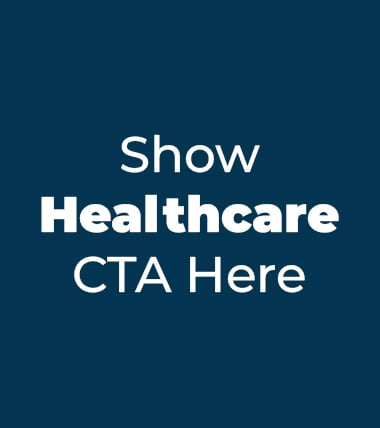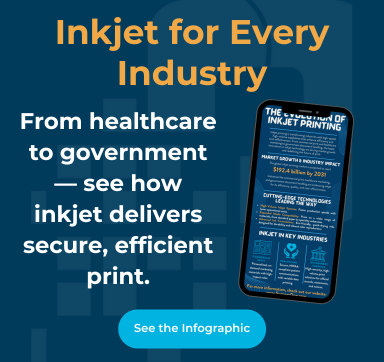
Cybersecurity in healthcare is often framed around electronic health records (EHRs), email systems, and connected medical devices. Yet one area that’s frequently overlooked is printing. From patient wristbands to discharge paperwork, printed documents carry sensitive information that can put organizations at risk if not handled securely. For healthcare providers striving to meet HIPAA compliance and safeguard patient trust, secure printing isn’t optional — it’s essential.
Why Printing is a Hidden Cybersecurity Risk
When it comes to data privacy, many healthcare leaders think digital-first. But printers are often network-connected devices that store, transmit, and output protected health information (PHI).
Here’s why printing should be a top security priority:
- Unattended print jobs can expose sensitive data at the output tray.
- Printer hard drives may store cached images of documents if not properly managed.
- Unsecured print networks are potential gateways for hackers.
- Manual handling of paper increases the chance of unauthorized access or loss.
By recognizing printers as part of the IT infrastructure, healthcare providers can better secure the full lifecycle of patient data.
Compliance and Regulations in Healthcare Printing
Healthcare organizations must comply with strict privacy and security laws, chief among them, HIPAA (Health Insurance Portability and Accountability Act). Secure printing plays a direct role in compliance.
Key compliance factors to consider:
- Access controls – Ensure only authorized staff can print or release documents.
- Audit trails – Track who printed what, when, and where.
- Secure disposal – Shred or securely recycle outdated print materials.
- Encryption – Protect data while it’s traveling from a workstation to the print device.
By tying printing practices directly to compliance frameworks, organizations can reduce risks of violations and costly penalties.
Best Practices for Secure Healthcare Printing
To safeguard both patients and the organization, healthcare IT leaders should adopt layered security strategies around printing.
Some proven practices include:
- Secure print release (pull printing): Require staff to authenticate the device before retrieving sensitive print jobs.
- User authentication & ID badges: Strengthen accountability and prevent unauthorized access.
- Role-based permissions: Restrict who can print, scan, or copy specific types of information.
- Mobile & remote security: Ensure secure workflows for clinicians using mobile devices.
- Regular firmware updates: Keep devices patched against vulnerabilities.
Implementing these practices not only strengthens security but also improves efficiency by reducing waste and unauthorized printing.
How Secure Printing Supports Patient Trust
Patients expect healthcare providers to protect their most personal information. When a breach occurs — whether digital or paper-based — trust can erode quickly.
Here’s how secure printing enhances trust:
- Demonstrates commitment to privacy and compliance.
- Prevents costly breaches that could disrupt care delivery.
- Supports patient satisfaction by protecting confidentiality at every touchpoint.
Trust is a cornerstone of healthcare. Secure printing isn’t just about technology; it’s about building and maintaining confidence in every interaction with patients.
SumnerOne: Secure Printing Solutions for Healthcare
At SumnerOne, we understand that cybersecurity is more than just firewalls and passwords. Our team helps healthcare providers implement end-to-end secure printing strategies — from fleet assessments and compliance audits to advanced print management tools.
Whether your organization is a small clinic or a multi-site hospital system, we can help you strengthen compliance, protect patient privacy, and streamline printing operations.
Ready to secure your healthcare printing environment? Contact SumnerOne today to schedule a consultation and protect your patients’ most valuable data.
 FREE EBOOK DOWNLOAD
FREE EBOOK DOWNLOAD
















